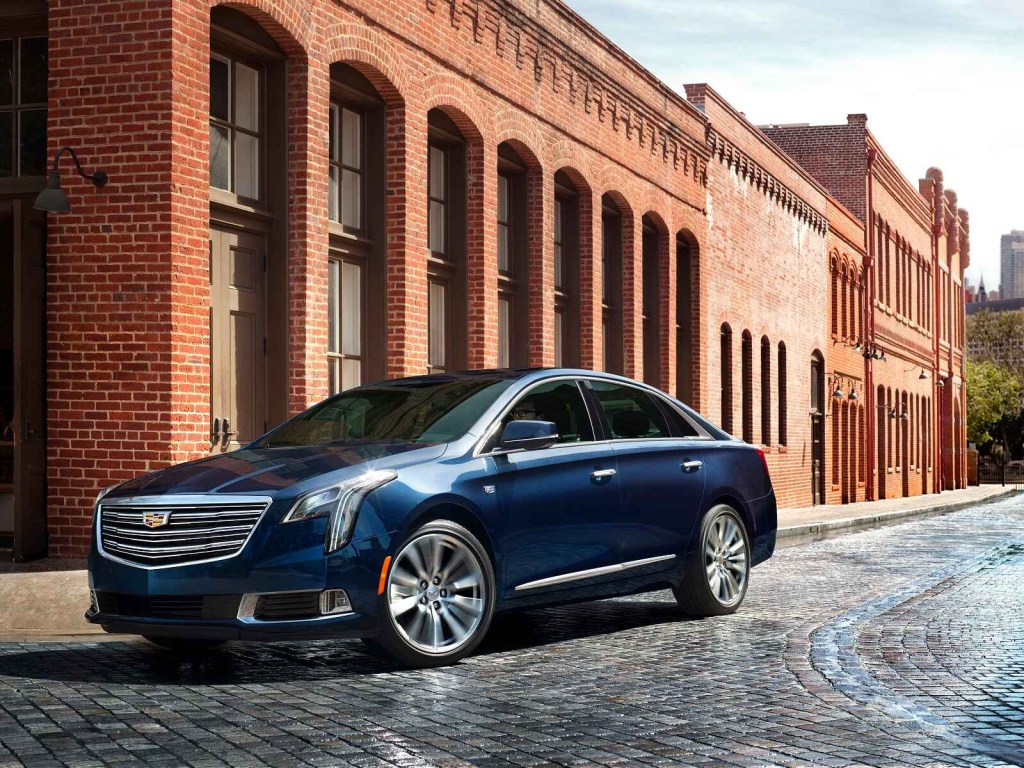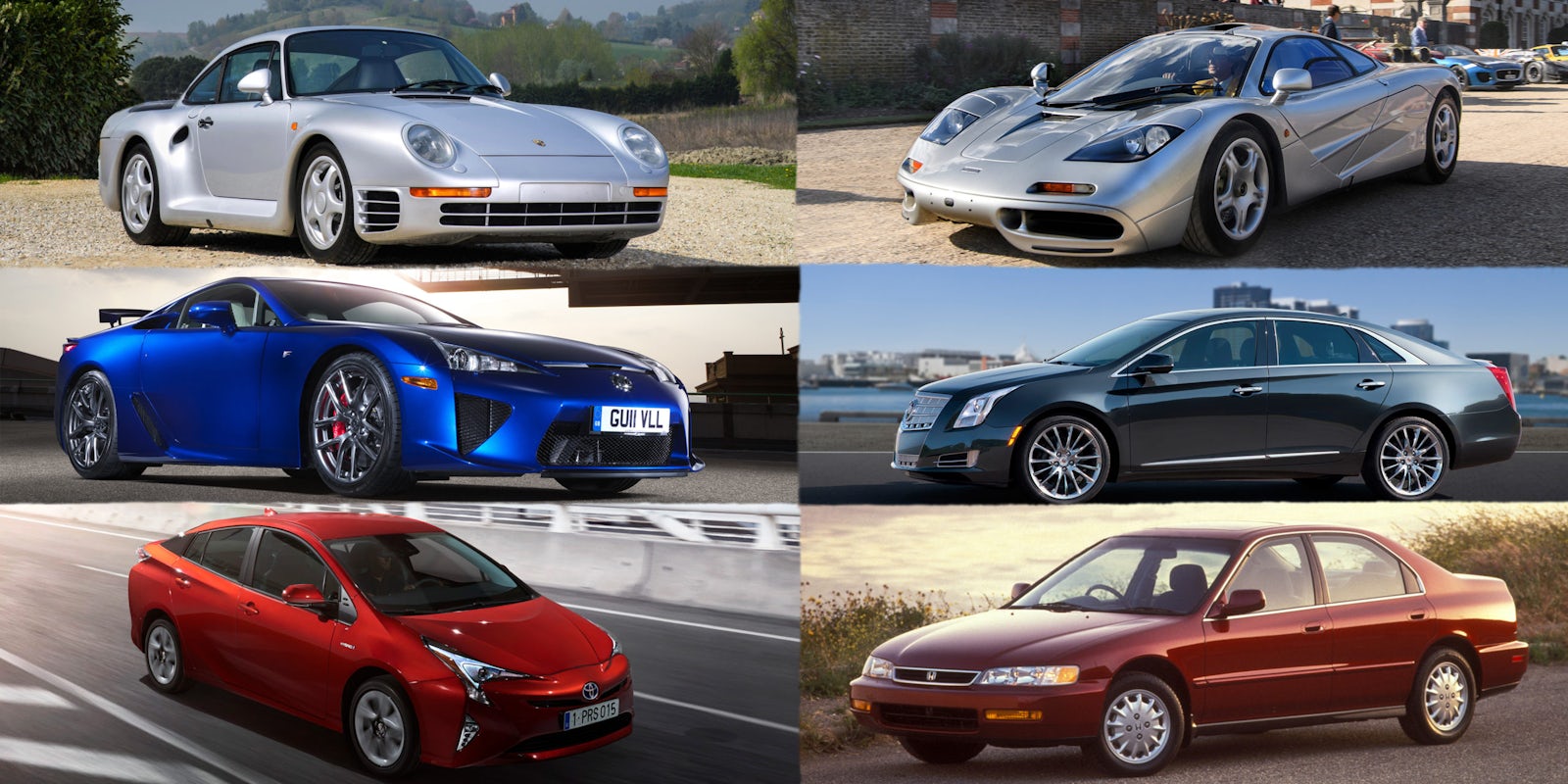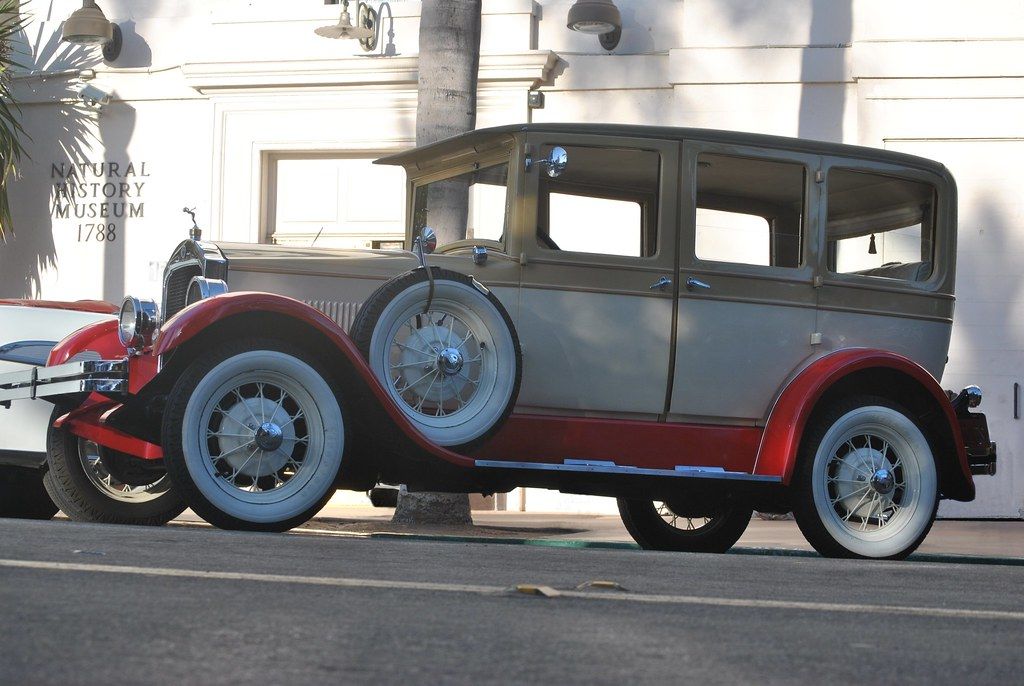
The idea of a billionaire cruising around in anything less than a high-end luxury vehicle might strike many as a paradox. We’ve been conditioned to associate immense wealth with ostentatious displays—think sprawling mansions, private jets, and, of course, a garage full of exotic cars. Yet, as we delve deeper into the lifestyles of some of the world’s most successful individuals, a fascinating and often surprising truth emerges: many of them intentionally choose to drive inexpensive, practical, and sometimes even decade-old vehicles. This seemingly contradictory behavior offers profound insights not just into their personal values, but also into the very nature of true wealth.
This article explores the intriguing phenomenon of affluent individuals opting for modesty on the road. It challenges our preconceived notions of what it means to be “rich” versus “wealthy,” a distinction experts frequently emphasize. According to David Morgan, managing partner with the High Net Worth Advisory, when someone is considered rich, we would classify that as someone with a current larger income than their fixed expenses, allowing them to live an extravagant lifestyle. In contrast, when someone is wealthy, their assets are more substantial than their liabilities, allowing the assets to generate an income large enough to cover fixed expenses.
Through a closer look at these influential figures, we uncover the compelling reasons behind their vehicular choices. From prioritizing utility and reliability to embodying extreme frugality and focusing on appreciating assets rather than depreciating ones, their decisions offer powerful lessons for anyone aspiring to financial independence. It’s a testament to the idea that true prosperity isn’t always about what you can buy, but rather about the wisdom with which you manage what you have. Join us as we explore the stories of five such individuals who redefine what it means to be successful, proving that sometimes, the most luxurious choice is simplicity itself.

1. **Warren Buffett: The Oracle of Frugality on Four Wheels**Warren Buffett, often revered as the “Oracle of Omaha,” stands as a towering figure in the world of finance, known not just for his investment acumen but equally for his unwavering commitment to frugality. Despite his vast, almost unimaginable wealth, Buffett has consistently exemplified a lifestyle that prioritizes value over vanity. His choice in automobiles is a perfect embodiment of this philosophy, sending a clear message that extravagance simply isn’t a prerequisite for success, nor is it a defining characteristic of true wealth.
Buffett has famously been seen driving modest Cadillacs, cars that, while comfortable and reliable, are far from the ultra-luxury models one might expect from a man of his stature. In 2014, he reportedly bought a Cadillac XTS, a car with a retail price of around $45,000. This was an upgrade from his previous car, a 2006 Cadillac DTS, which he only decided to replace when his daughter Susie told him it was embarrassing. This choice isn’t just a quirk; it’s a direct reflection of his broader approach to financial management. He famously lives in the same house he bought for $31,500 in 1958, a property that would cost around $260,000 in today’s dollars, showcasing a remarkable consistency in his thrifty habits across all aspects of his life.
His rationale for such choices is disarmingly simple and profoundly insightful. The business mogul justified the delay by telling Forbes: “I only drive about 3,500 miles a year so I will buy a new car very infrequently.” This statement highlights a key principle: practical usage dictates expenditure, not status. He embraces a mentality of buying and keeping a car for seven or more years, essentially driving a used car for most of its lifespan. This long-term perspective on ownership, combined with his general philosophy of avoiding unnecessary expenses, allows him to channel his resources into appreciating assets, reinforcing the idea that sustainable wealth is built on disciplined saving and wise investment, not fleeting consumption.

2. **Steve Ballmer: Simplicity in Motion for a Tech Titan**Steve Ballmer, the dynamic former CEO of Microsoft, is renowned for his energetic personality and a refreshingly direct approach to both business and life. Despite accumulating significant net worth during his tenure leading one of the world’s most influential technology companies, Ballmer’s choice of personal transportation reflects a profound preference for simplicity and practicality. He opts for a basic Ford Fusion, a vehicle that, while perfectly functional and reliable, stands in stark contrast to the opulent cars often favored by other tech moguls.
Ballmer’s decision to drive a more affordable vehicle, such as a 2010 Ford Fusion Hybrid, aligns perfectly with his practical outlook. It’s a choice that underscores a deeper understanding of value, where the utility and efficiency of a car outweigh any perceived status symbol it might represent. For Ballmer, the purpose of a vehicle is to get him from point A to point B reliably and comfortably, rather than to make a grand statement about his financial standing. This approach demonstrates that even individuals at the pinnacle of the tech industry can appreciate and prioritize straightforwardness in their daily lives.
His preference for the Ford Fusion also speaks to a broader philosophy of focusing resources where they matter most. Rather than tying up capital in rapidly depreciating luxury assets, Ballmer’s choice frees up funds for investments that align with his long-term financial goals or philanthropic endeavors. It’s a subtle yet powerful statement about how truly wealthy individuals manage their resources: they often choose to live well within their means, even when those means are extraordinarily vast, emphasizing the importance of sustainable financial practices over fleeting displays of extravagance.

3. **Alice Walton: The Heiress Who Prioritizes Utility**Alice Walton, an heiress to the colossal Walmart fortune, occupies a unique position among the ultra-rich. While she undoubtedly has the means to acquire any car imaginable, her choice of vehicle consistently emphasizes function and utility over ostentatious luxury. Walton is notably known for driving a Ford F-150, a classic American pickup truck. This choice is far from accidental; it’s a deliberate reflection of a practical mindset that values capability and reliability above all else, echoing the down-to-earth ethos that characterized her family’s origins.
Her preference for the Ford F-150 speaks volumes about her priorities. The F-150 is renowned for its durability, versatility, and ability to handle a variety of tasks, qualities that resonate with a pragmatic lifestyle. It’s a vehicle designed for purpose, not for show. The context highlights that her vehicle of choice is a 2006 Ford F-150 King Ranch, with a modest price of around $40,000. Her late father Sam Walton, the founder of Wal-Mart, drove around the 1979 version of the same truck until he died in 1992. This lineage of modest vehicle choices within the Walton family reinforces a powerful message: true wealth is often built and maintained by individuals who eschew unnecessary displays of affluence in favor of practical, value-driven decisions.
Alice Walton’s choice demonstrates that for some of the wealthiest individuals, a car is fundamentally a tool. It’s an instrument to serve a specific need, whether for transportation, hauling, or simply navigating daily life with ease, without the added burden of excessive cost or maintenance often associated with luxury vehicles. By choosing a robust and dependable pickup, she embodies a focus on what truly matters to her lifestyle and values, rather than conforming to societal expectations of how a billionaire should present themselves. This practical sensibility is a hallmark of many who build and sustain significant wealth.

4. **Ingvar Kamprad: The Humble Visionary of IKEA**Ingvar Kamprad, the late founder of IKEA, was legendary for a lifestyle so remarkably humble that it became an integral part of his public persona and the very fabric of the IKEA brand. Despite building a global furniture empire that amassed him immense personal wealth, Kamprad steadfastly adhered to principles of frugality and simplicity throughout his life. His choice of vehicle was a poignant testament to this commitment: for two decades, he drove a 1993 Volvo 240 GL, a car that, while sturdy and dependable, was decidedly modest.
Kamprad’s dedication to living below his means extended to every facet of his existence. He once famously claimed to save money by only getting his hair cut when he traveled to developing countries, and in 2014, he told television viewers, “If you look at me now, I don’t think I’m wearing anything that wasn’t bought at a flea market.” This extreme aversion to unnecessary expenditure was not just a personal quirk; it was a deeply ingrained value system that permeated his business practices, enabling IKEA to offer affordable products to the masses. His 1993 Volvo 240 GL, originally worth around $22,000, was a consistent symbol of this ethos.
His willingness to drive an older, unpretentious car for such an extended period highlights a fundamental characteristic of many wealthy individuals: a profound respect for resources and a strong aversion to waste. Kamprad only gave up his beloved Volvo recently when, at the age of 91, he was persuaded that driving it was too dangerous. This practical consideration, rather than a desire for an upgrade or a status symbol, ultimately drove the change. His life, and his car choice, serve as an inspiring example of how true wealth can coexist with, and indeed be built upon, a foundation of humility and sustainable living.

5. **Mark Zuckerberg: Minimalist Movement in Menlo Park**Mark Zuckerberg, the visionary founder of Facebook (now Meta Platforms), is a quintessential figure of the modern tech billionaire. Yet, despite his extraordinary influence and staggering net worth, Zuckerberg is widely recognized for a lifestyle that embraces minimalism and practicality, traits that extend notably to his choice of personal transportation. Eschewing the hyper-luxury cars often associated with Silicon Valley elites, Zuckerberg has been observed driving notably understated vehicles, including a simple Honda Fit and an Acura TSX.
His preference for economical cars like the Honda Fit is perfectly consistent with his well-documented minimalist tastes. He is known for wearing the same style of grey t-shirt daily, a decision driven by a desire to reduce cognitive load and focus his energy on more significant decisions. This approach spills over into his vehicular choices. He is often seen driving a black Acura TSX, a car valued at around $30,000, and says he prefers it because it’s “safe, comfortable and not ostentatious.” He also reportedly has a Volkswagen GTI, a car of similar value.
Zuckerberg’s decision to keep his transportation understated speaks volumes about his priorities. For him, a car is primarily a tool for mobility, a means to an end, rather than a statement of wealth or status. This focus on functionality and efficiency over extravagance allows him to allocate his vast resources to impactful projects and investments, aligning with his long-term vision for his company and philanthropy. It’s a powerful example that for some of the most influential people in the world, true value lies in purpose and utility, not in the fleeting allure of luxury goods.
Continuing our journey into the world of the truly wealthy, we further uncover how personal values, financial discipline, and insightful research shape their often-surprising transportation choices. These individuals, far from being anomalies, represent a widespread phenomenon among those who have built and maintained significant wealth, proving that humility on the road can be a powerful indicator of profound financial wisdom.

6. **Jim Walton: Down-to-Earth Heir**Jim Walton, another prominent heir to the vast Walmart fortune, consistently embodies a down-to-earth persona that extends directly to his choice of vehicle. Like other members of his family, he shuns the typical luxury cars often associated with immense wealth, instead preferring to drive a regular pickup truck. This decision is not merely a preference; it’s a clear reflection of a deep-seated practicality that prioritizes utility and purpose over any form of ostentation.
His choice of a robust, functional truck aligns perfectly with a lifestyle that values capability and reliability. It demonstrates that for individuals like Walton, a vehicle serves a fundamental purpose: efficient transportation that can also handle various practical tasks. This utilitarian perspective is a hallmark of many self-made millionaires and inheritors who understand that a car’s primary role is to facilitate daily life, not to project a status symbol.
This practical sensibility is a powerful lesson in financial discipline, highlighting that even those with unimaginable resources often choose to live well within their means. Jim Walton’s example reinforces the idea that true wealth is not diminished by modesty, but rather strengthened by decisions that align with enduring values and sensible financial management. It’s a testament to the fact that prioritizing function over flash can be a conscious and effective strategy for sustaining prosperity.




